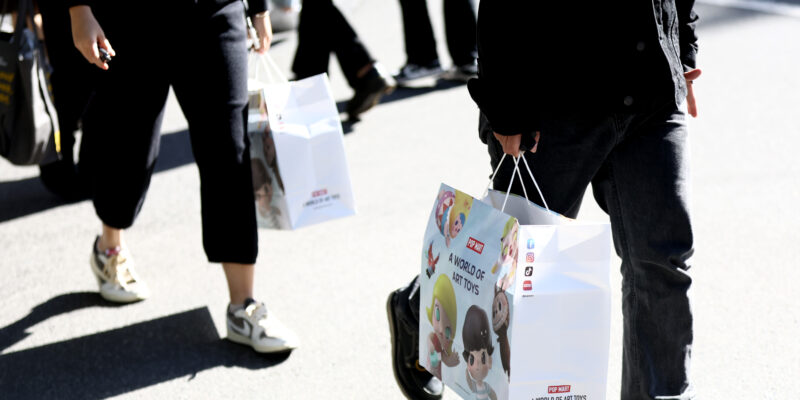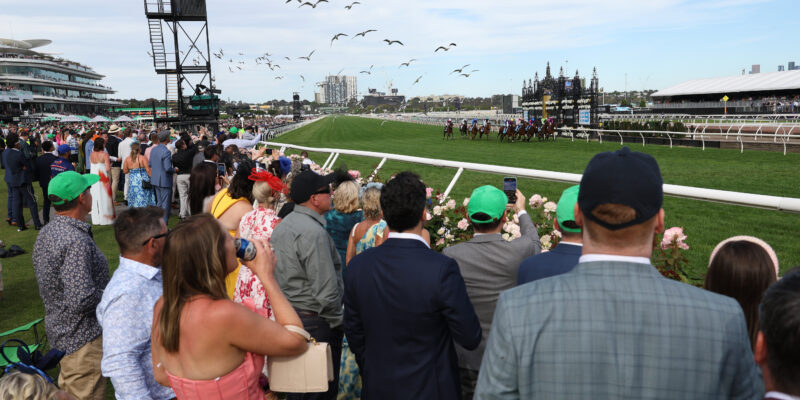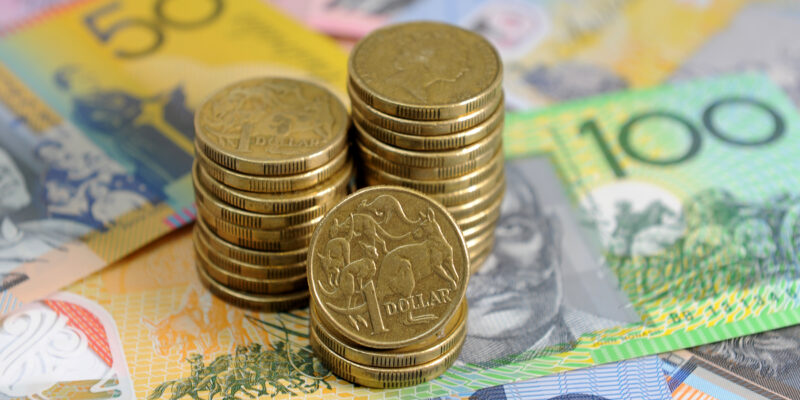House prices could rise by 15 per cent on the back of RBA rate cuts
BoQ chief economist Peter Monckton thinks a series of substantial cuts are likely this year – taking the cash rate to 3.1 per cent.

HOUSE prices could climb as much as 15 per cent over the next two years as interest rate cuts begin to take effect.
That’s the view of Bank of Queensland chief economist Peter Munckton, who thinks a series of substantial cuts are likely this year following this week’s 0.25 per cent cut – eventually taking the cash rate to 3.1 per cent.
Recent improvements in household disposable income and a slowdown in price growth have laid the groundwork for another property upswing.
His comments, in a blog for the bank, come as economists are increasingly pointing to global uncertainty and domestic softness as key reasons for a more aggressive monetary policy stance.
“An important cyclical driver of house prices is changes in interest rates,” the veteran economist said.
“For much of the past year I had thought that the amount of monetary easing in this cycle might be limited reflecting the very low unemployment rate and substantial amount of investment that needs to take place in the economy.
“But the uncertainty caused by President Trump’s trade policies means more substantial rate reductions are now likely.
“I now think the cash rate will decline by an additional one percentage point – taking the cash rate down to 3.1 per cent.
“Regardless of the eventual size of the rate reductions history would say that house prices typically rise by between 10-15 per cent in the two years following a monetary easing cycle.”
Smaller price rises in both the early 1980s and 1990s were limited due to high unemployment – which was above 10 per cent. Current unemployment is within touching distance of fifty-year lows.
“The conditions today also don’t appear consistent with the three occasions when house prices rose by over 20 per cent,” he added.
“In the 1980s house prices were boosted by the greater availability of credit from the de-regulation of the financial sector.
“In the 2000’s it was the improved affordability from lower interest rates and the boost to household income from the start of the mining boom.
“And in 2021 it was the historically low level of interest rates, the substantial boost to households’ disposable incomes from government subsidies and the structural shift towards standalone housing caused by the shift to working from home.
“The recent improvement in households’ disposable incomes, a rate cut and slowing of house price growth has seen an improvement in sentiment towards buying a house.
“The level of sentiment is the same as it has been in previous cycles before house prices rose 10-15 per cent.”






